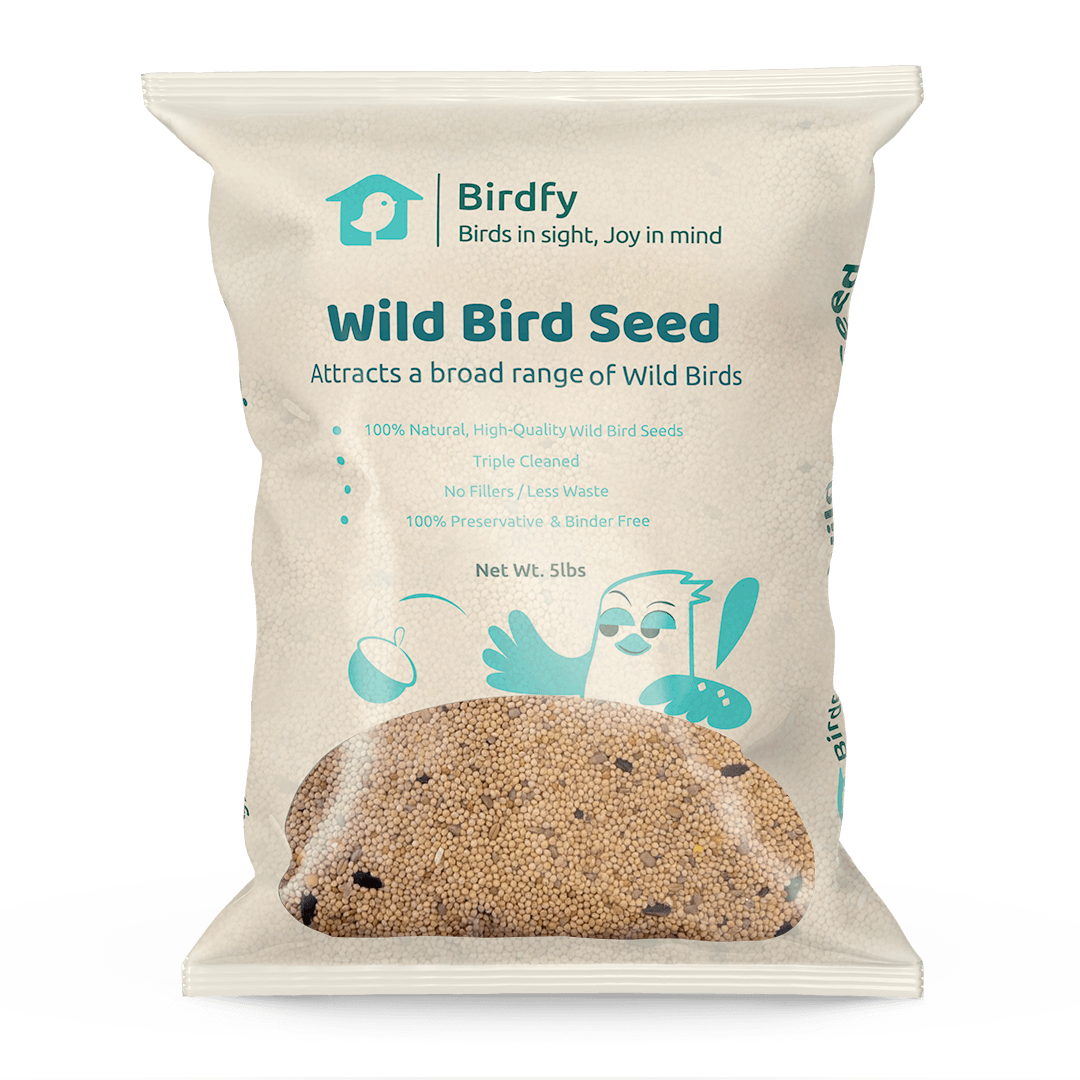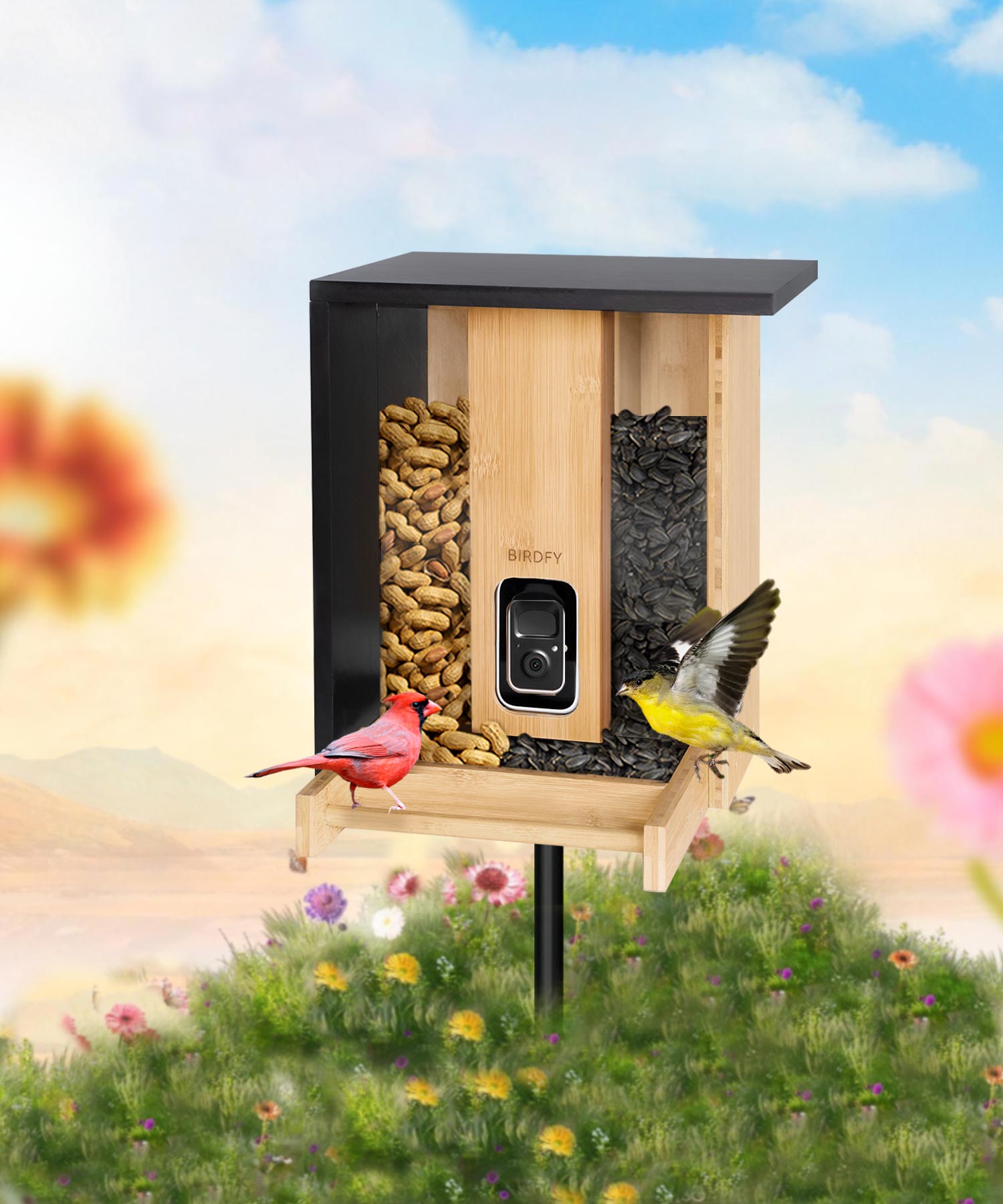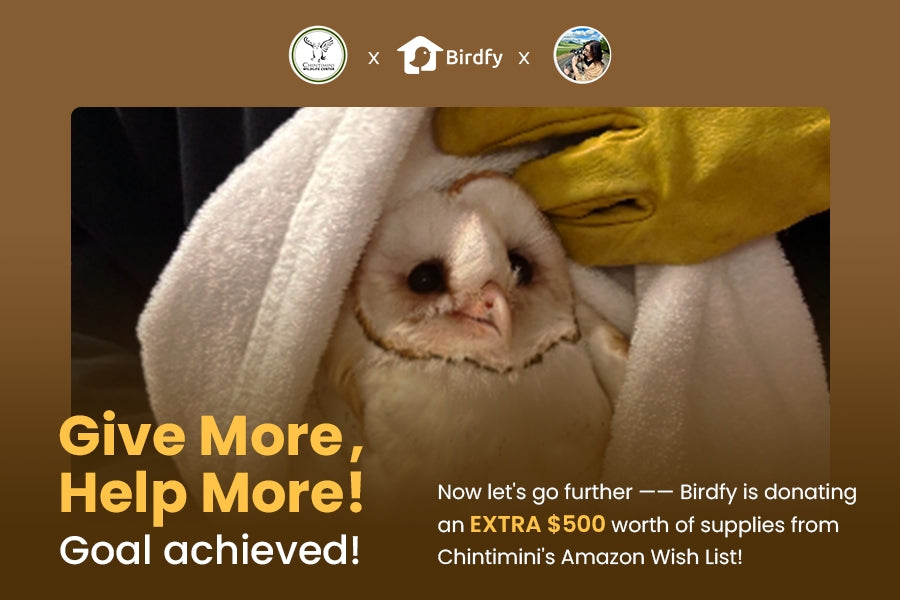The Best Homemade Hummingbird Food Recipe You Need
Hummingbirds are mesmerizing creatures that rely heavily on nectar for their high-energy lifestyles. By offering homemade hummingbird food, you can attract these vibrant visitors to your garden while ensuring their health and safety. Unlike store-bought nectars that often contain unnecessary additives, a DIY approach allows you to control the ingredients and maintain the perfect balance. Below, we’ll guide you through the simplest yet most effective recipe, along with pro tips to maximize your success.

Ingredients for Hummingbird Food
Creating safe and nutritious hummingbird food requires just two natural ingredients:
- 1. White Granulated Sugar: This is the gold standard. Never use substitutes like brown sugar, raw sugar, or honey. White sugar closely mimics the sucrose content of natural flower nectar, providing the energy hummingbirds need without harmful additives.
- 2. Purified Water: If you have good drinking tap water, boiling is not necessary. Boiling to remove chlorine takes 15 to 20 minutes of boiling, and can actually concentrate some minerals. If your drinking water is poor, you can boil, or use a filter (like Britta) or bottled water.
Recipe Steps: Crafting Perfect Hummingbird Nectar
Follow the steps to make your own hummingbird food at home.
Step 1 The Ideal Sugar-to-Water Ratio
The perfect ratio for hummingbird food is 1:4—1 part sugar to 4 parts water. For example:
- - 1 cup sugar + 4 cups water
- - ¼ cup sugar + 1 cup water (small batches)
This concentration mirrors the sucrose levels in wildflower nectar. While some suggest a stronger mix (e.g., 1:3) in colder months for extra calories, a 1:4 ratio is safest year-round to avoid dehydration or kidney strain.

Step 2 Measure and dissolve
- 1. Heat some water on stove on in a microwave. This will help the sugar dissolve.
- 2. Measure the water and add the required amount of sugar. (Never boil water and sugar together, it can change the ratio). Stir until sugar is dissolved.
Step 3 Cool and Fill Feeders
Allow the nectar to cool to room temperature before pouring it into feeders. Hot liquid can warp plastic feeders or crack glass ones. Always clean feeders with hot water, brushes, and vinegar as needed, before refilling to prevent mold or bacterial growth.
When making hummingbird food, avoid the following: - Never use honey, artificial sweeteners, or brown sugar. These can harm hummingbirds. - Never add food coloring or any other additives to the nectar, as they can be toxic. - Avoid using hot water without allowing it to cool before filling the feeder, as extreme heat can damage it and deter birds.
Homemade hummingbird food is easy to prepare with just sugar and water in a simple ratio of 1:4. This mixture mimics the natural nectar found in flowers, attracting hummingbirds to your yard. By avoiding harmful additives and maintaining cleanliness, you’ll create an inviting environment for these beautiful birds.

What NOT to Do When Preparing Food for Hummingbird
1. Avoid Additives
No Honey or Agave: These promote rapid bacterial and fungal growth, which can cause fatal infections in hummingbirds.
No Red Dye: Commercial nectars often use artificial dyes to attract birds, but these chemicals are toxic. Instead, use feeders with red accents.
2. Never Adjust the Ratio Excessively
A 1:3 ratio might seem helpful in winter, but overly concentrated nectar can dehydrate hummingbirds and damage their kidneys. Stick to 1:4 unless advised by a wildlife expert.
3. Prevent Fermentation
In hot weather, nectar ferments quickly. Fermented nectar produces conditions that create bacterial or fungal growth. To avoid this:
- 🌞 Place feeders in shaded areas.
- 🌞 Change nectar based on temperate. In very hot weather that means every day. See chart:
- 🐜 Use ant moats or bee guards to deter pests.
4. Skip "Natural" Sugars
Brown sugar, molasses, and organic sugars contain iron or minerals that hummingbirds cannot metabolize. Over time, these substances accumulate in their organs, leading to disease.

FAQ about making hummingbird food
Q1: How often should I change the hummingbird food in the feeder?
Clean feeders and change nectar often, especially in warmer weather, to prevent fermentation and mold growth. See chart above.
Q2: Can I store leftover hummingbird food?
Yes, you can store the unused nectar in a sealed container in the refrigerator for up to two weeks.
Q3: Is it necessary to boil the water?
Boiling the water helps to dissolve the sugar completely and ensures that the nectar is free from contaminants. However, you can use hot tap water if you’re in a hurry, as long as the sugar dissolves completely.
Q4: Can I make a larger batch of hummingbird food?
Absolutely! Just maintain the 1:4 ratio of sugar to water, and scale up as needed.
Q5: Why is my feeder not attracting hummingbirds?
There could be several reasons, such as location, cleanliness of the feeder, or the presence of competing food sources. Ensure your feeder is clean, filled with fresh nectar, and placed in a shaded area.

Tip: A New Way to Feed Hummingbirds
There’s something magical about watching hummingbirds zip from flower to feeder. For many of us, it’s one of the most rewarding parts of creating a bird-friendly garden. Traditional feeders get the job done—but if you’ve ever wanted a closer look into their tiny, fast-paced world, there’s a new option you might love.
The Birdfy Hum Feeder with Camera takes feeding to the next level. It’s built just for hummingbirds, with a smart HD camera that not only captures crisp close-ups, but can even help identify different species. You’ll get a front-row seat to their visits—all without scaring them off.

It also includes thoughtful touches like an Ant Moat to keep pests away, and optional solar panels for easy power. Whether you’re just getting started or you’ve been feeding hummingbirds for years, it’s a fun and simple upgrade that brings you even closer to these incredible birds.

Conclusion
Crafting hummingbird food at home is a rewarding way to connect with nature while supporting these remarkable birds. By adhering to the 1:4 sugar-water ratio, avoiding additives, and maintaining clean feeders, you create a safe and sustainable food source. Remember, hummingbirds depend on reliable nectar supplies—especially during migration—so consistency is key. Whether you’re a seasoned birdwatcher or a curious beginner, this simple recipe ensures your garden becomes a hummingbird haven.
Every time you refill your feeder, you’re not just offering sugar water; you’re providing life-sustaining energy to one of nature’s most agile pollinators. With patience and care, your homemade hummingbird food will keep these tiny wonders returning season after season. In conclusion, making hummingbird food at home is a rewarding activity that provides a vital resource for these amazing birds. By using a simple mixture of sugar and water in the correct ratio, you can create a delectable nectar that will attract hummingbirds to your garden. Remember to keep your feeder clean and follow the guidelines to ensure a safe feeding environment. Enjoy the beauty of nature right in your backyard with your homemade hummingbird food.
Share


































